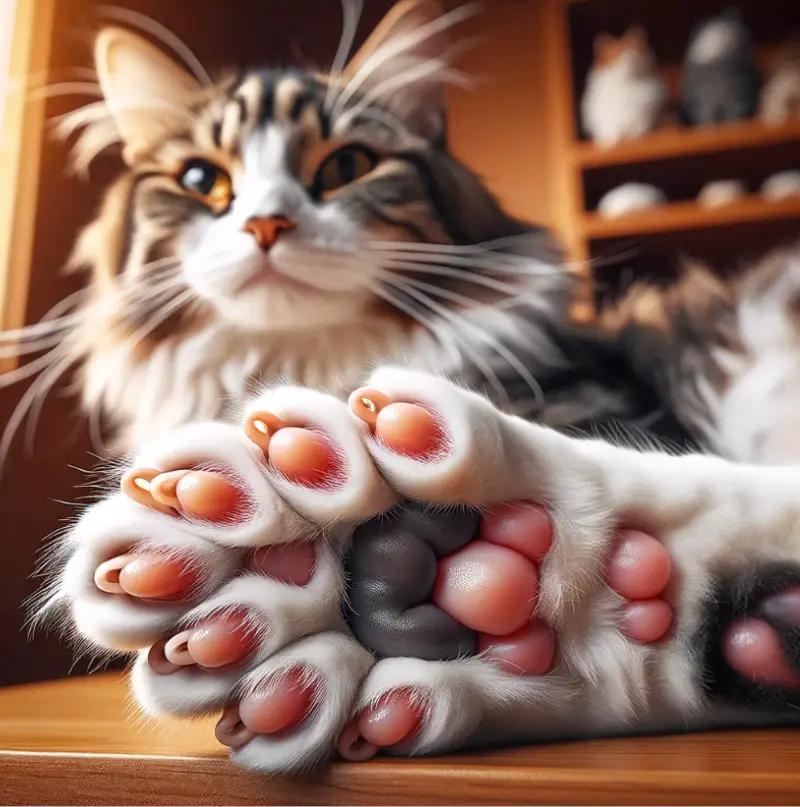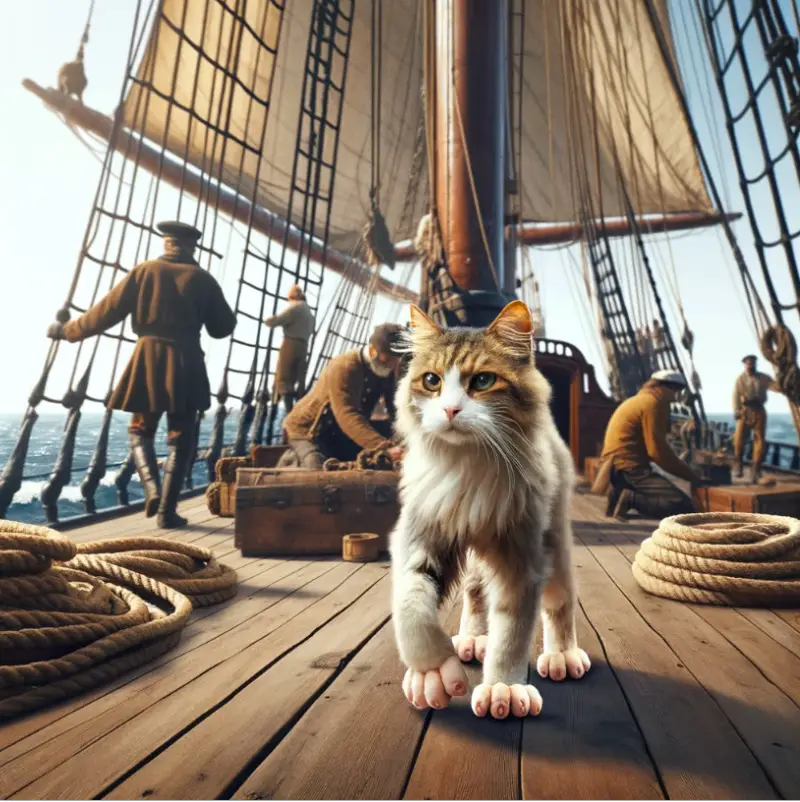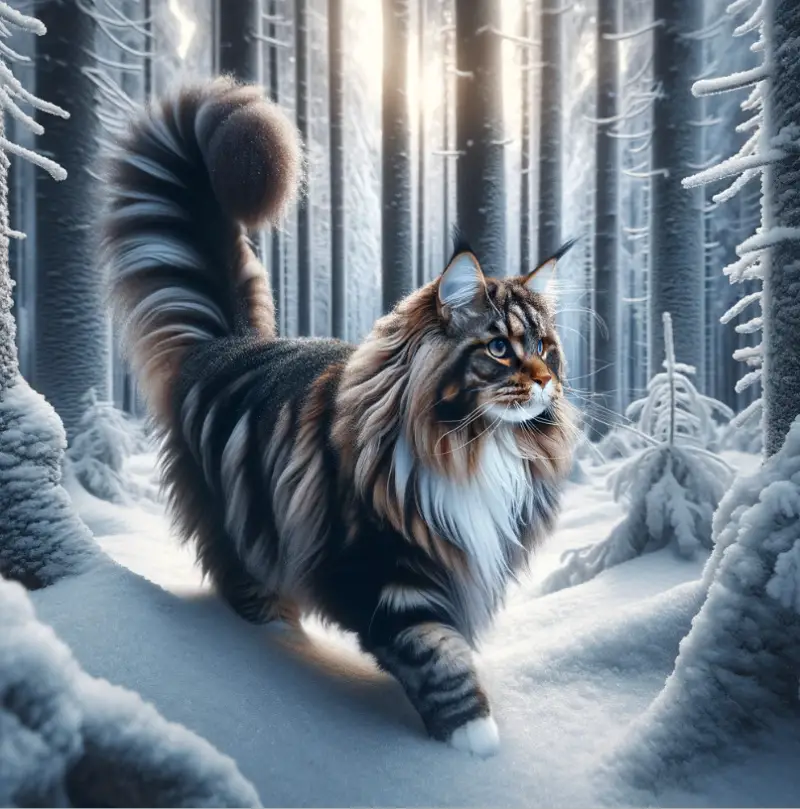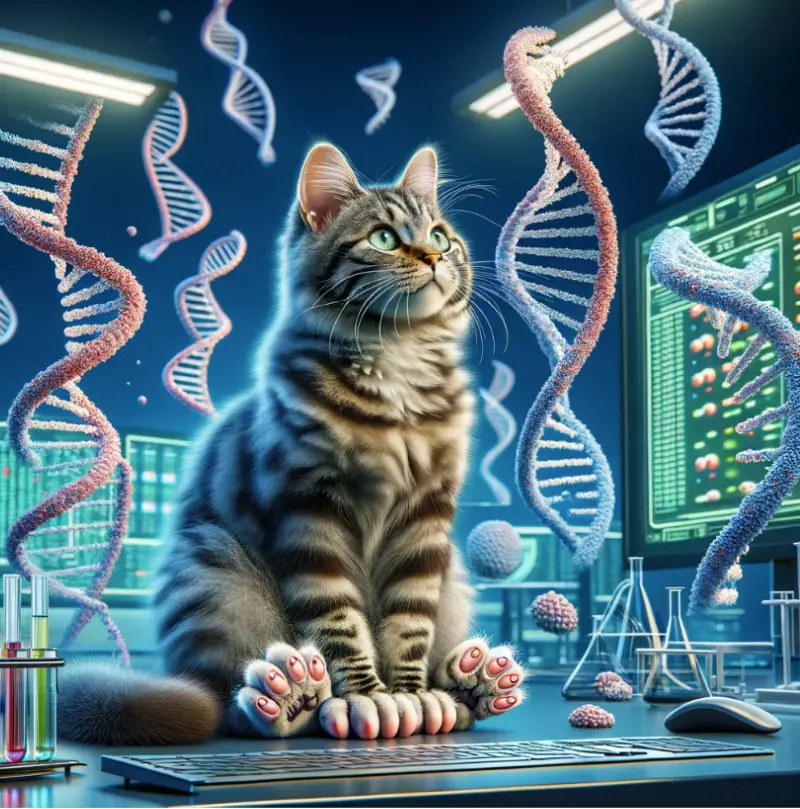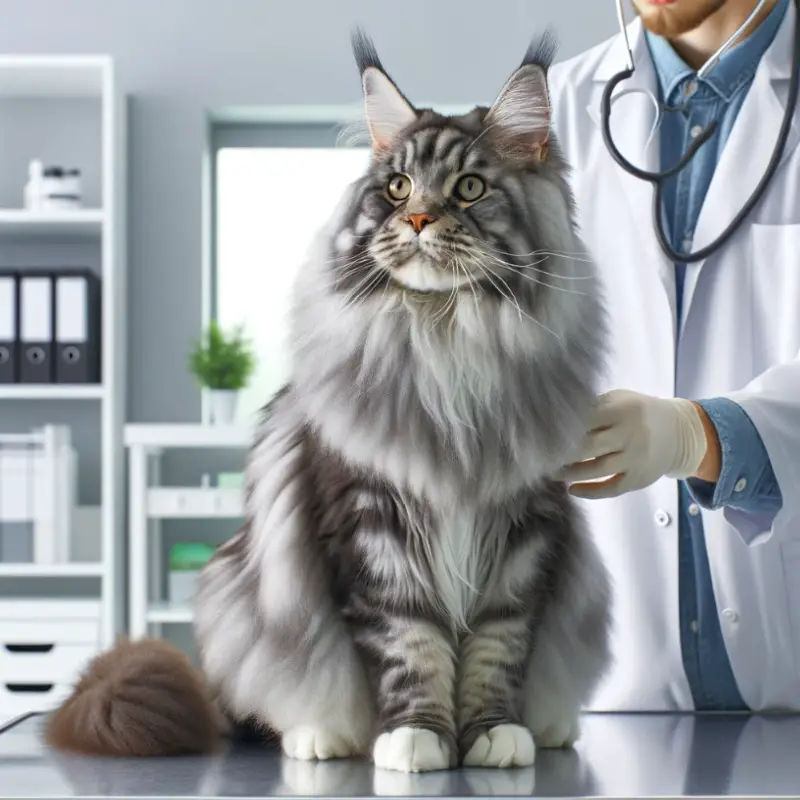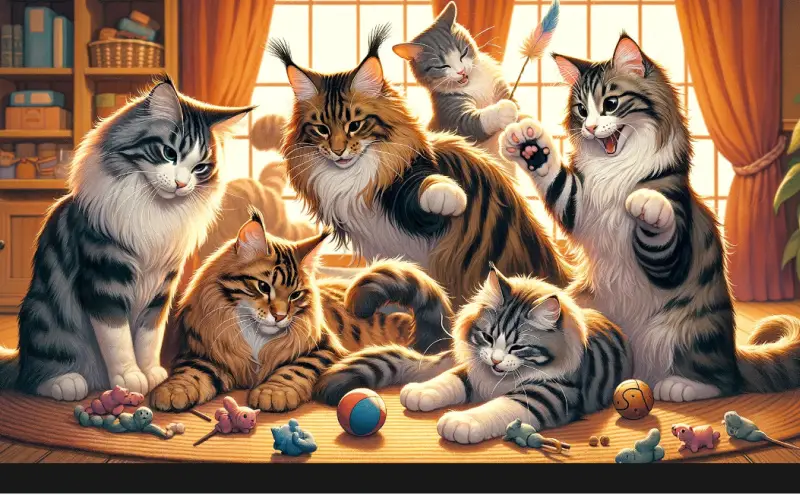Cats are known for their grace, agility, and sometimes, their quirky features. Among these quirks, polydactyly, the condition of having extra toes, stands out as a fascinating genetic anomaly.
Who needs ten toes when you can have a baker’s dozen? Polydactyls are always putting their best foot forward, and then some!
Polydactyl cats, also known as “Hemingway cats” due to their association with the famous writer Ernest Hemingway, have captured the hearts of cat enthusiasts worldwide.
Let’s explore and uncover the mysteries behind their unique paw formations.
What is Polydactyly?
Polydactyly originates from a genetic mutation that causes cats to be born with more than the usual number of toes on their paws. While the typical cat has five toes on their front paws and four on their hind paws, polydactyl cats can have six, seven, or even more toes per paw. This condition isn’t exclusive to cats; humans and other animals can also exhibit polydactyly, but it’s particularly prevalent in certain cat populations.
The Fascinating History of Polydactyl Cats
Polydactyl cats have a rich history, with references to them dating back centuries. Sailors believed that polydactyl cats brought good luck on ships, as their extra toes provided better balance and grip on the deck. These cats, often known as “ship’s cats,” were also valued for their exceptional rodent-catching abilities. This belief led to the widespread distribution of polydactyl cats across various ports around the world.
One of the most famous groups of polydactyl cats resides in the former home of Ernest Hemingway in Key West, Florida. Hemingway was gifted a polydactyl cat by a ship’s captain, and the descendants of this original cat still roam the Hemingway Home and Museum to this day. Hemingway’s love for these unique felines further popularized them, earning them the nickname “Hemingway cats.”
The Appeal of Polydactyl Cats
Polydactyl cats possess a distinct charm that sets them apart from their ordinary counterparts. Their oversized paws, often likened to mittens or snowshoes, give them a whimsical appearance that many find endearing. Beyond their physical appearance, polydactyl cats are known for their friendly and affectionate personalities, making them beloved companions in households around the world.
Genetics and Inheritance
Polydactyly in cats is typically a dominant trait, meaning that a cat only needs to inherit one copy of the gene from either parent to exhibit the trait. This genetic characteristic explains why polydactyl cats can be found in various breeds and mixed-breed populations. However, not all cats with polydactyly inherit it genetically; sometimes, it occurs as a spontaneous mutation. Polydactyl cats can produce both polydactyl and non-polydactyl offspring, depending on the genetic makeup of both parents.
Health and Care Considerations
For the most part, polydactyl cats do not experience any health issues directly related to their extra toes. However, it’s essential to keep an eye on their claws, as they may require more frequent trimming to prevent them from becoming ingrown or causing discomfort. Additionally, some polydactyl cats may have slightly altered gait patterns due to the extra toes, but this rarely interferes with their mobility or quality of life.
The Polydactyl Cat Community
Polydactyl cats have garnered a dedicated following among cat lovers, leading to the formation of online communities and social media groups dedicated to celebrating these unique felines. Owners of polydactyl cats often share photos, stories, and tips for caring for their beloved pets, creating a supportive and inclusive environment for fellow enthusiasts.
While polydactylism can occur in any cat breed or mix, there are certain breeds that have a higher incidence of polydactyly due to historical breeding practices or genetic predisposition. Some of the cat breeds more commonly associated with polydactylism include:
- Maine Coon: This breed is known for its large size, tufted ears, and bushy tail. Polydactylism is relatively common in Maine Coons, and it’s believed that the trait was introduced to the breed by early seafarers.
- American Bobtail: As the name suggests, this breed has a distinctive bobbed tail. Polydactylism occasionally occurs in American Bobtails, adding to their unique appearance.
- Norwegian Forest Cat: Another large and sturdy breed, the Norwegian Forest Cat is known for its thick, water-resistant fur and tufted ears. Polydactylism can be found in some Norwegian Forest Cats, though it’s not as prevalent as in Maine Coons.
- Pixiebob: This relatively rare breed resembles a wild bobcat and is known for its short tail. Polydactylism occurs occasionally in Pixiebobs, adding to their rugged appearance.
- Hemingway Cats (Polydactyl Domestic Shorthair): While not a specific breed, cats with polydactylism are sometimes referred to as “Hemingway cats” due to their association with Ernest Hemingway and his Key West home, where many polydactyl cats reside. These cats can come from a variety of breeds or mixed backgrounds.
It’s important to note that polydactylism can also occur in non-purebred domestic cats. If you’re specifically looking for a polydactyl cat, shelters and rescues are excellent places to find them, regardless of breed.
Summary
Polydactyl cats are more than just cats with extra toes; they’re symbols of resilience, uniqueness, and the beauty of genetic diversity. From their historical significance as ship’s cats to their modern-day status as beloved pets, polydactyl cats have left an indelible mark on cat culture worldwide. Whether they’re lounging in the sun or playfully batting at toys with their oversized paws, polydactyl cats continue to capture the hearts of cat lovers everywhere, proving that sometimes, a little extra is just what we need to make life a little more extraordinary.
